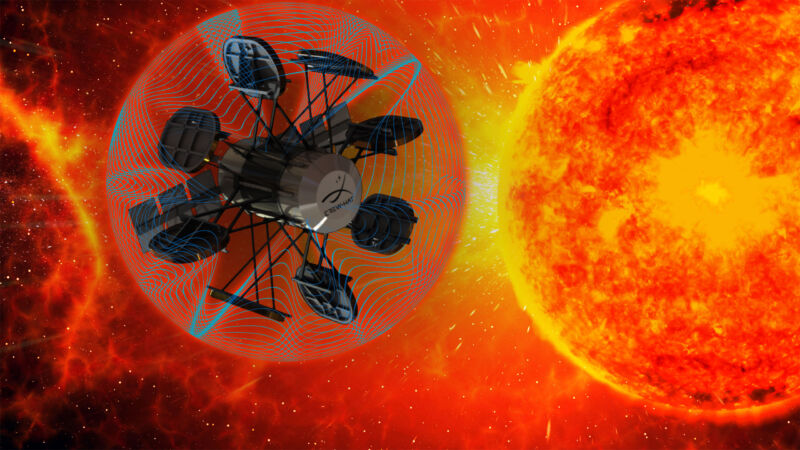-
 chevron_right
chevron_right
Testing the 2024 BMW M2—maybe the last M car with a manual transmission
news.movim.eu / ArsTechnica · Saturday, 23 March - 11:00 · 1 minute

Enlarge / BMW's M2 might be the last M car it builds with three pedals and a stick shift. (credit: Peter Nelson)
We're at an interesting crossroads in the high-performance enthusiast car market. Running east to west is the adoption of electric vehicles and a slow reduction in internal combustion engine car production. North to south is the progression of ICE horsepower from the factory over the years, and it's unclear how far it continues from here. Coming in diagonally is the weakening demand for manual transmissions—this is sadly where they end.
In the middle of this intersection is the 2024 BMW M2 six-speed manual, hanging its tail out in a massive controlled drift around the edges, expressing one last hurrah as BMW's final object of internal-combustion M car affection.
I recently had the opportunity to pilot BMW's latest, smallest M car through some of Southern California's most fun mountain roads, plus Willow Springs International Raceway's Streets of Willow circuit. When it comes to quickly figuring out this kind of car's powertrain and chassis, I can't think of a better mix of pavement. Here's what makes the latest—and last—six-speed-manual-equipped M2 generation an overall excellent enthusiast coupe.








